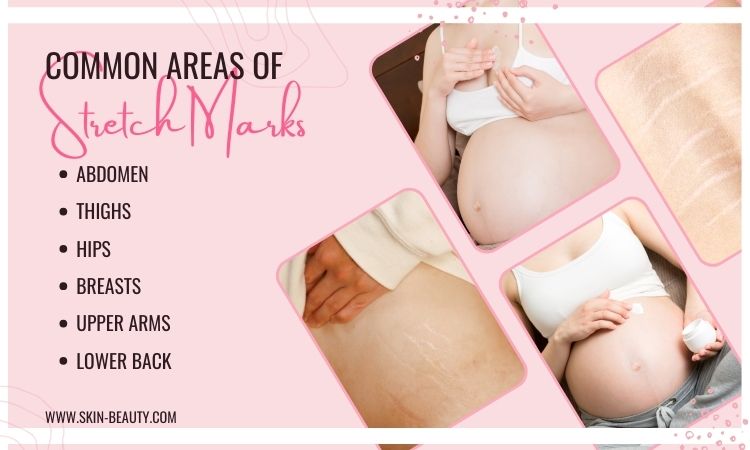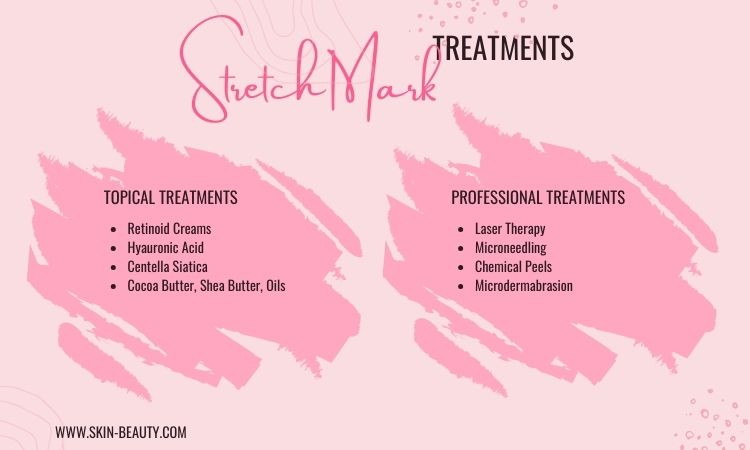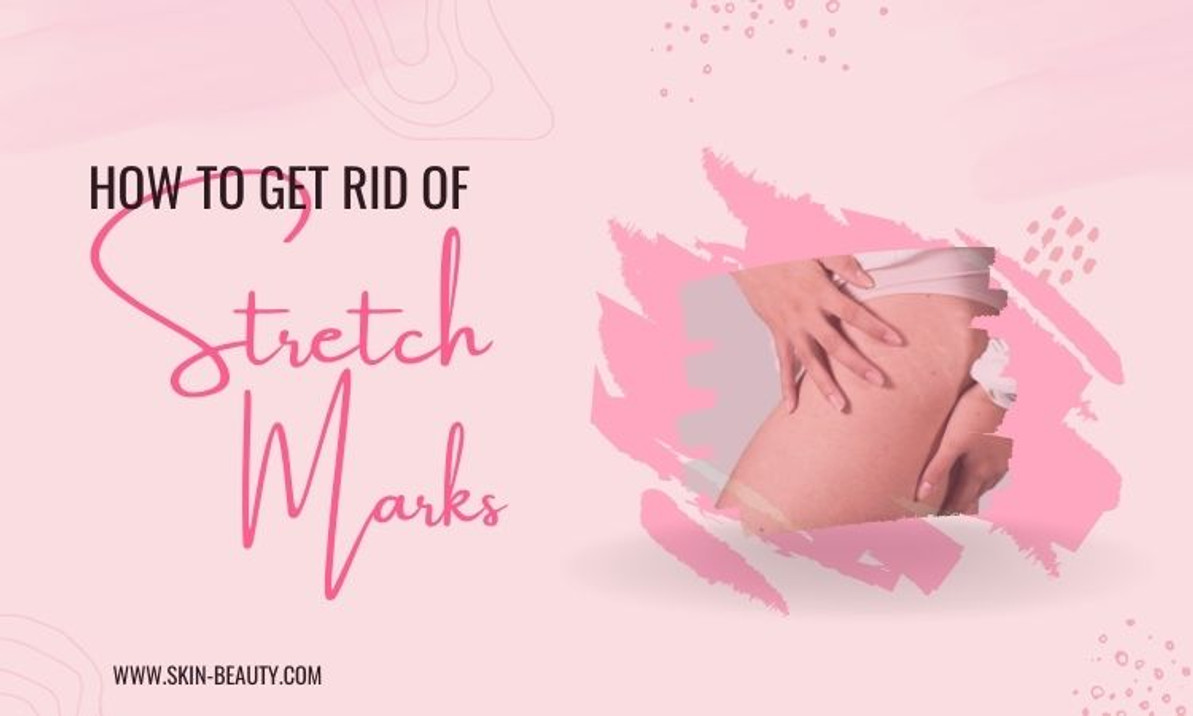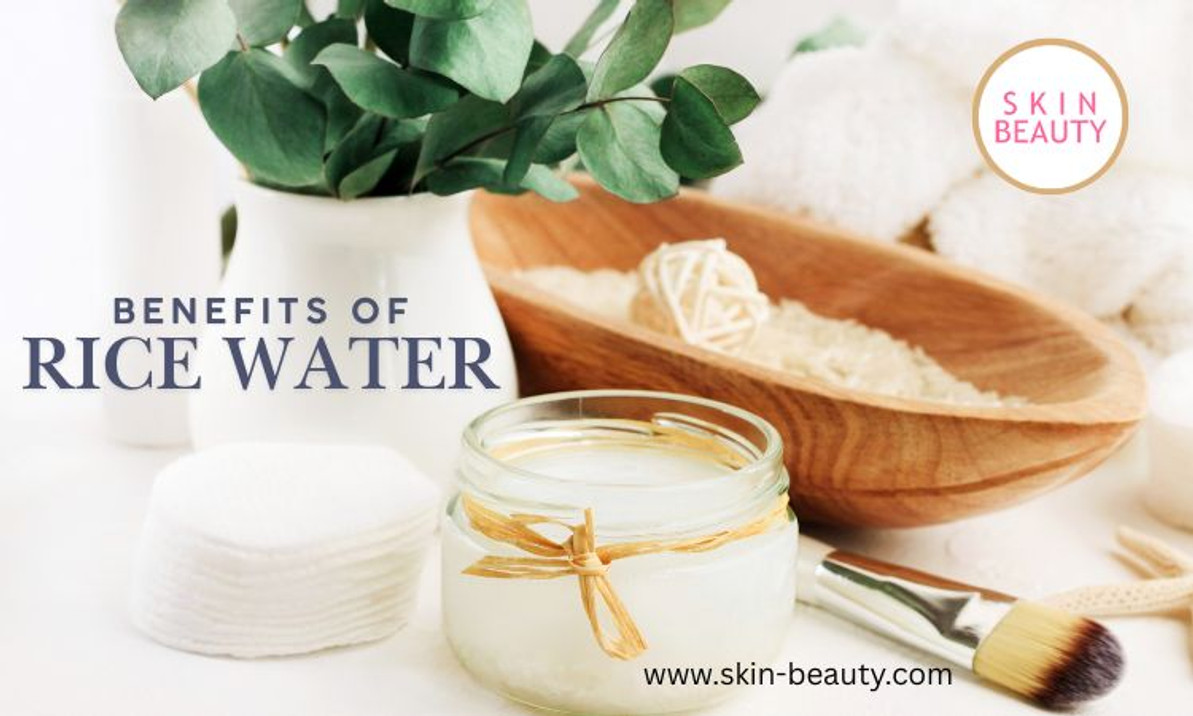How to Get Rid of Stretch Marks with Different Treatment Options
How to Get Rid of Stretch Marks: Effective Treatments and Prevention
Stretch marks, or striae distensae, are a common skin condition that affects many people at various stages of life. Whether you're experiencing weight gain, pregnancy, or rapid growth, you may find yourself dealing with these often unsightly lines in your skin. While stretch marks are harmless, many people seek ways to minimize their appearance for cosmetic reasons. Understanding how to get rid of stretch marks and prevent them from developing can empower you to take control of your skin health. In this article, we will explore the causes of stretch marks, effective treatment options, and preventive measures to help keep your skin looking its best.
What Causes Stretch Marks and How Do They Develop?
Understanding the Causes of Stretch Marks
Stretch marks develop when the skin is stretched rapidly due to various factors, leading to changes in the collagen and elastin fibers. This can happen during significant weight gain, growth spurts during puberty, or pregnancy. When the skin is unable to adapt to the rapid changes, it results in the appearance of streaks or lines. Stretch marks may initially appear red, purple, or brown, depending on your skin color, but they often fade over time to a lighter shade. These marks are common and can happen to anyone, regardless of age or gender.
Common areas where stretch marks appear include:
- Abdomen
- Thighs
- Hips
- Breasts
- Upper arms
- Lower back

Who is More Likely to Get Stretch Marks?
While anyone can develop stretch marks, certain individuals are more prone to getting them. Factors such as genetics, hormonal changes, and skin type can increase the likelihood of developing stretch marks. Women, particularly during pregnancy, are at a higher risk due to the significant skin changes that occur. Additionally, those who experience rapid weight fluctuations or have a family history of stretch marks may find themselves more susceptible to these skin changes.
What Are the Best Treatments for Stretch Marks?
Topical Stretch Mark Treatments
When it comes to treatment options for stretch marks, creams and lotions are among the most popular choices. Many products on the market claim to help improve the appearance of stretch marks, often containing ingredients like hyaluronic acid, cocoa butter, and retinoids like tretinoin. While these treatments may help reduce the visibility of stretch marks, it's important to note that they won't completely get rid of them. Consistent application and patience are key for seeing favorable results.
1. Retinoid Creams (Tretinoin)
Retinoids, derived from vitamin A, are commonly used in anti-aging skincare and can also help reduce the appearance of stretch marks. Tretinoin works by stimulating collagen production and promoting cell turnover, which can help fade newer stretch marks. It's most effective when used on fresh stretch marks (those that are still red or pink). When used appropriately, retinoids may help diminish the appearance of new stretch marks and improve skin elasticity. However, retinoids should not be used during pregnancy or breastfeeding.
2. Hyaluronic Acid
Hyaluronic acid is a powerful humectant that helps keep the skin hydrated and plump. Applying hyaluronic acid to stretch marks can improve skin elasticity and reduce the visibility of marks over time. It works best when applied to early-stage stretch marks.
3. Centella Asiatica
Centella Asiatica, also known as "gotu kola," is an herb used in traditional medicine and skincare. It's known for its wound-healing properties and ability to stimulate collagen production. Products containing Centella Asiatica can help improve skin texture and reduce the appearance of stretch marks.
4. Cocoa Butter, Shea Butter, and Oils
Moisturizers containing cocoa butter, shea butter, or natural oils like coconut or almond oil can help keep the skin hydrated and improve elasticity. While these products may not eliminate stretch marks, they can prevent them from worsening and keep the skin supple.

How To Get Rid of Stretch Marks with Professional Treatment?
For those seeking more intensive treatments, professional options are available. These treatments are often more effective at reducing the appearance of stretch marks but can be more costly and may require multiple sessions.
1. Laser Therapy
Laser treatments, such as fractional laser or pulsed dye laser therapy, target the deeper layers of the skin to stimulate collagen production and improve skin texture. This treatment can help reduce the color and texture of stretch marks, making them less noticeable over time.
2. Microneedling
Microneedling involves using tiny needles to create micro-injuries in the skin, triggering the body's natural healing process and boosting collagen production. This treatment can help improve the appearance of stretch marks by smoothing out the skin's surface.
3. Chemical Peels
Chemical peels involve applying a solution to the skin that causes the outer layer to exfoliate and peel off, revealing new, smoother skin underneath. Glycolic acid peels, in particular, can help improve the appearance of stretch marks by promoting collagen production and improving skin texture.
4. Microdermabrasion
Microdermabrasion is a non-invasive procedure that uses fine crystals or a diamond-tipped wand to gently exfoliate the skin's surface. This treatment can help fade stretch marks by removing dead skin cells and promoting the growth of new, healthy skin.
How to Prevent Stretch Marks Before They Develop?
Top Tips for Stretch Mark Prevention During Pregnancy
Preventing stretch marks during pregnancy is a common concern for many expectant mothers. To help prevent stretch marks, it is essential to maintain a healthy weight gain during pregnancy, stay hydrated, and use moisturizing lotions or creams regularly. Products that contain ingredients like cocoa butter and almond oil can be beneficial in keeping the skin supple and elastic. Additionally, gentle exercise can promote circulation and skin health, potentially helping to prevent stretch marks.
1. Consistent Hydration
Keeping your skin hydrated from the inside out is essential. Drink plenty of water throughout the day to maintain skin elasticity and support overall skin health. Additionally, applying moisturizing creams and oils can help keep the skin supple and less prone to developing stretch marks.
2. Healthy Diet
A diet rich in vitamins and minerals can support skin health and prevent stretch marks. Focus on foods high in vitamins A, C, and E, as well as zinc and omega-3 fatty acids, which are essential for maintaining healthy skin.
3. Regular Exercise
Exercise can help maintain a healthy weight, which may prevent stretch marks caused by rapid weight fluctuations. Strength training and other forms of exercise that build muscle can also improve skin tone and elasticity.
4. Massage
Regularly massaging areas prone to stretch marks with moisturizing oils or creams can improve circulation and may help reduce the appearance of existing stretch marks.
Staying hydrated and maintaining a balanced diet are crucial for skin health and may help prevent stretch marks. Drinking plenty of water can improve skin elasticity, while a diet rich in vitamins C and E, zinc, and omega-3 fatty acids can support collagen and elastin production. Incorporating foods like avocados, nuts, and leafy greens can nourish the skin from within, making it less likely to develop stretch marks.

Best Practices to Maintain Skin Elasticity and Collagen Levels
To maintain skin elasticity and promote collagen levels, consider adopting a comprehensive skin care routine. Regular exfoliation can help remove dead skin cells, allowing for better absorption of moisturizing products. Using lotions or creams specifically designed to treat or prevent stretch marks can also be beneficial. Additionally, incorporating antioxidants and peptides into your skin care regimen may help improve the overall health and appearance of your skin.
What Home Remedies Can Help Reduce the Appearance of Stretch Marks?
DIY Treatments: Do They Really Work?
Home remedies for stretch marks are widely discussed, with many individuals seeking natural solutions to reduce their appearance. Some popular DIY treatments include the use of oils like almond oil and cocoa butter, which are believed to nourish the skin and improve its elasticity. While these home remedies may help improve the appearance of stretch marks for some, scientific evidence on their effectiveness remains limited. However, they can be a gentle option for those looking to incorporate natural elements into their skin care routine.
The Benefits of Using Cocoa Butter and Natural Oils
Cocoa butter is frequently touted as a beneficial remedy for stretch marks due to its moisturizing properties. When applied regularly, it may help improve the texture of the skin and keep it hydrated. Similarly, natural oils such as almond oil can provide essential fatty acids that nourish the skin, potentially helping to prevent or reduce the appearance of stretch marks. While these remedies may not eliminate stretch marks entirely, they can make them less noticeable over time.
How to Use Hyaluronic Acid for Stretch Marks
Hyaluronic acid is another ingredient that may help improve the appearance of stretch marks. Known for its powerful hydration properties, hyaluronic acid can help retain moisture in the skin, making it more plump and elastic. Incorporating products containing hyaluronic acid into your skin care routine can support overall skin health and potentially reduce the visibility of stretch marks.
Do Stretch Marks Fade Over Time and What Can You Do?
Understanding the Natural Healing Process of Stretch Marks
One of the most encouraging aspects of stretch marks is that they often fade over time. Initially, stretch marks may appear red, purple, or brown due to their inflammatory nature. However, as the skin heals, the color tends to lighten, often becoming less noticeable. This natural healing process is supported by the skin's ability to regenerate and repair itself, although the time it takes for stretch marks to fade can vary from person to person.
Factors That Influence the Fading of Stretch Marks
Several factors can influence how quickly and effectively stretch marks fade. Genetics, skin type, and the age of the stretch marks can all play a role in their visibility. New stretch marks, for instance, may take longer to fade compared to older ones. Additionally, lifestyle factors such as diet, hydration, and skin care practices can affect the overall health of your skin and its ability to heal.
When to Consider Professional Treatment Options
If you're seeking to reduce the appearance of stretch marks more significantly, it may be time to consider professional treatment options. Dermatologists can offer various procedures, including laser therapy, microdermabrasion, and chemical peels, which may provide more noticeable results. Consulting with a skincare professional can help you determine the best course of action based on your specific skin type and the severity of your stretch marks.
Recent Posts
-
Rice Water for Skin Benefits
Rice Water for Skin Benefits Rice water for skin has become a viral beauty trend that is suppos …Apr 4th 2025 -
Natural Remedies for Anxiety
Natural Remedies for Anxiety Everyone experiences anxiety symptoms every now and then. We live in a …Mar 28th 2025 -
Hair Loss Treatment
Hair Loss Treatment for Every Stage of Thinning Hair Hair loss is a common concern that affects mill …Mar 18th 2025




